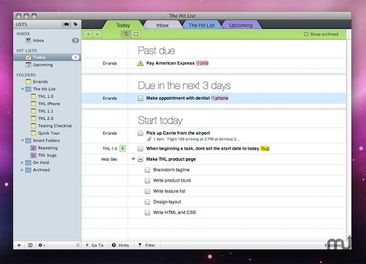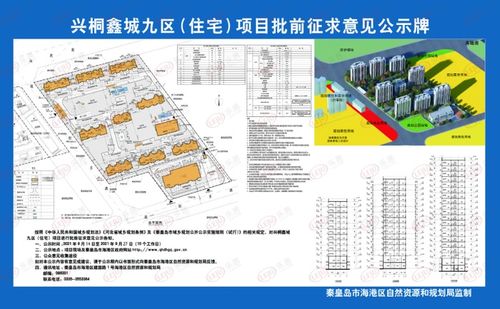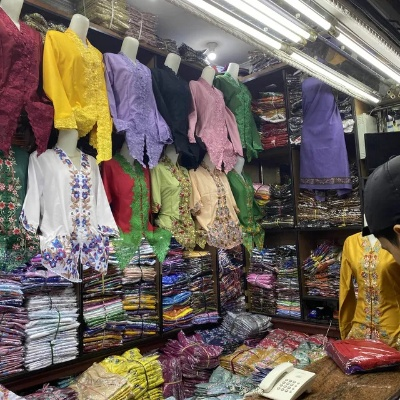The Essential Checklist for Inspecting Fabrics in Large-Scale Production
"Fabric Inspection Checklist for Large-Scale Production" is an essential document designed to ensure high quality fabrics are produced in large-scale production environments. This checklist covers a wide range of aspects such as raw material inspection, process control, final inspection, and storage conditions. It also includes specific procedures for handling different types of fabrics and materials, including cotton, linen, silk, and synthetic fibers. Additionally, the checklist includes guidelines on how to identify any defects or issues during the inspection process, such as color variations, thread breaks, or loose threads, which can negatively impact the overall product's quality and appearance. By following this checklist, manufacturers can significantly improve their fabric production processes and ensure that they meet the required quality standards.
Introduction to the Importance of Fabric Inspection As textile manufacturers strive to meet global demands and customer expectations, it's crucial to ensure that every batch of fabric meets quality standards. This is where fabric inspection comes into play, ensuring that the end product is not only visually appealing but also functional and durable. In this article, we'll discuss the importance of fabric inspection, including its role in preventing defects, reducing waste, and enhancing brand reputation.
The Checklist for Quality Inspection of Fabrics in Large-Scale Production Here's a checklist to guide you through the process of fabric inspection:
-
Material Selection:
- Ensure that the raw materials meet industry standards and are sourced from reputable suppliers.
- Verify the composition of the fabric by conducting tests such as tensile strength and elongation properties.
-
Preparation for Inspection:

- Clean the fabric thoroughly to remove any dirt or debris that could affect testing results.
- Apply a consistent coating to prevent markings during testing.
-
Testing Methods:
- Color Testing: Use a colorimeter to measure the color intensity and consistency across the width and length of the fabric sample.
- Weave and Pattern Testing: Visually inspect the weave pattern and compare it to the manufacturer's specifications.
- Dye Resistance Testing: Determine if the fabric can withstand dye washing without fading or discoloration.
- Burst Testing: Measure the burst strength to determine how well the fabric resists tearing under pressure.
- Tensile Testing: Use a tensile tester to assess the fabric's resistance to stretching and breaking.
-
Quality Control:
- Regularly check the fabric against predefined specifications.
- Maintain strict adherence to quality control protocols to prevent defects from reaching the final product.
-
Reporting Issues:
- Document any issues discovered during inspection and escalate them accordingly.
- Work with the production team to address identified problems and prevent similar issues from reoccurring.
Case Study: Successful Implementation of Fabric Inspection at a Major Textile Manufacturer At a major textile manufacturer, implementing an effective fabric inspection process was critical to maintaining product quality and customer satisfaction. To achieve this, the company established a comprehensive checklist for all fabric samples before shipment.
Using this checklist, they were able to detect issues early on, such as uneven dye distribution or improper stitching, preventing them from reaching the final product. Moreover, by regularly monitoring and adjusting their inspection methods based on feedback, the company improved its accuracy and efficiency.
Additionally, the manufacturer invested in advanced testing equipment and software to streamline the inspection process. This not only reduced manual errors but also enabled them to quickly analyze and interpret the data generated by the equipment.
By consistently meeting or exceeding customer expectations for product quality, the manufacturer gained a strong reputation for reliability and trust in the industry. This, in turn, resulted in increased customer loyalty and a steady stream of repeat business from satisfied customers.
Conclusion: Effective Fabric Inspection for Large-Scale Production In conclusion, fabric inspection is a vital part of large-scale manufacturing processes. By following a thorough checklist and using advanced testing equipment, manufacturers can identify and address any potential flaws before products reach customers. This not only enhances the overall quality of the products but also strengthens their brand image and reputation. As the textile industry continues to evolve, continuous improvements in inspection practices will be essential to maintain competitive advantage and satisfy demanding customer needs.
随着纺织行业的快速发展,纺织品面料的大货检验成为了确保产品质量的重要环节,本篇报告将围绕检验纺织品面料大货的主题,通过英文案例说明和表格补充说明,为大家提供全面的分析和解读。
纺织品面料大货检验流程

- 材料准备:收集样品,了解面料材质、规格、颜色等信息。
- 实验室检测:进行各项物理性能、化学性能、织造工艺等方面的检测。
- 数据分析:通过数据分析,评估面料的质量等级。
- 报告撰写:整理检测数据,形成报告,为生产商提供参考。
英文案例说明
某品牌纺织品面料大货检验过程
- 材料收集:收集该品牌近期生产的纺织品面料样品。
- 实验室检测:进行面料材质、织造工艺、色牢度等方面的检测。
- 结果分析:根据检测结果,确定面料的质量等级。
- 报告撰写:根据检测数据,撰写详细的检验报告,为生产商提供参考。
纺织品面料质量评价标准
质量评价标准如下表所示:
| 项目 | 指标 | 评价标准 |
|---|---|---|
| 面料材质 | 材质均匀性 | 无色差、无杂质 |
| 面料织造工艺 | 织造效率 | 高效率、低误差 |
| 色牢度 | 色牢度测试结果 | 达到国家标准要求 |
纺织品面料大货检验的表格补充说明
纺织品面料检测项目及参数列表
| 项目名称 | 检测项目 | 参数范围或标准值 |
|---|---|---|
| 物理性能 | 布面光泽度 | ≥50分(满分100分) |
| 化学性能 | 纤维成分分析 | 符合国家标准要求 |
| 织造工艺 | 织机效率测试 | 高效率、低误差等指标符合要求 |
| 其他指标 | 色牢度测试结果 | 根据实际需求进行检测 |
检验纺织品面料大货的实践与建议
- 加强质量控制体系建设,确保检验流程的规范性和准确性。
- 提高检测人员的专业素质和技能水平,确保检测结果的准确性和可靠性。
- 加强与生产商的沟通与合作,共同制定纺织品面料的质量标准和质量要求。
- 推广先进的检验技术和设备,提高检验效率和准确性。
- 加强市场监管,规范市场秩序,保障消费者权益。
总结与展望
通过本次报告的介绍和分析,我们了解了纺织品面料大货检验的重要性和必要性,在今后的工作中,我们应该加强质量控制体系建设,提高检测人员的专业素质和技能水平,加强与生产商的沟通与合作,共同推动纺织行业的发展,我们也应该积极推广先进的检验技术和设备,提高检验效率和准确性,为纺织行业的发展做出更大的贡献。
Articles related to the knowledge points of this article:
Exploring the World of Textiles at Changzhou Ke Teng Textile Trading Co.Ltd.
Guide to Completing the Wenzhou Textile Product CE Certification Process



